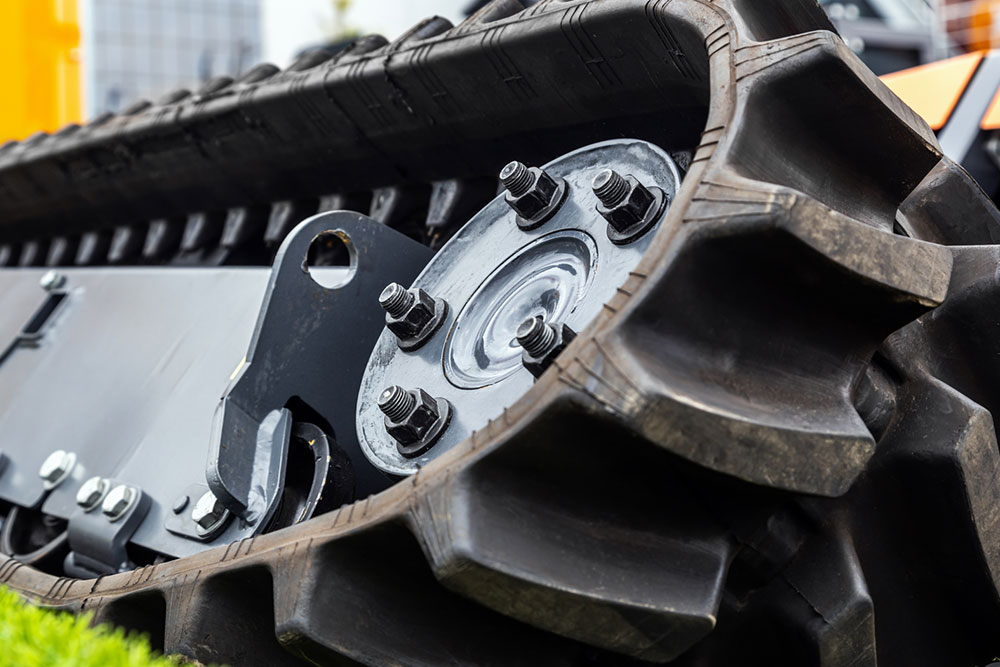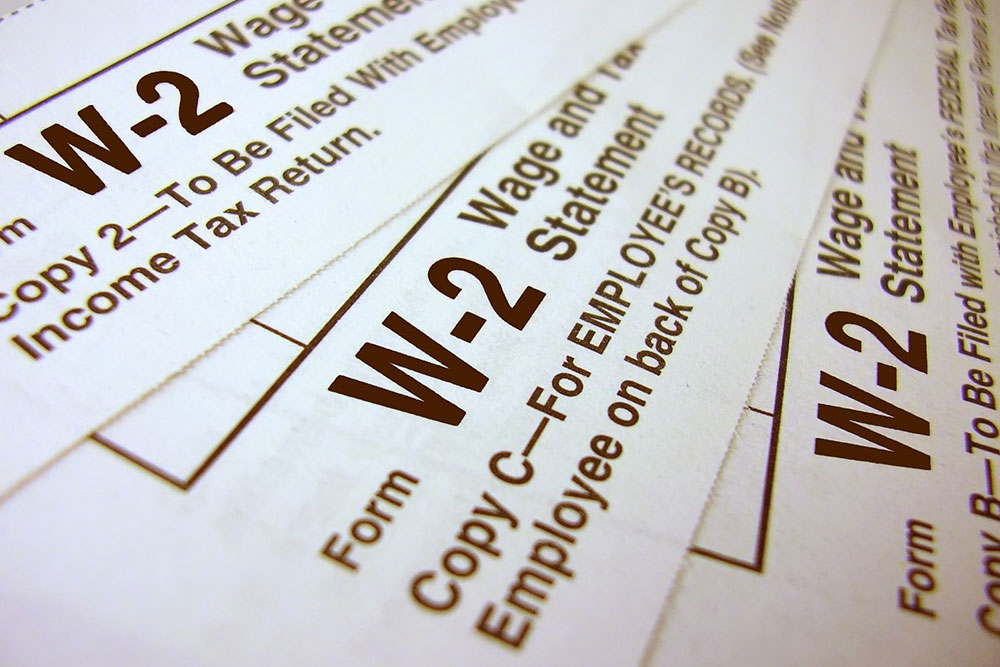4 key details about rubber tracks
As the name implies, rubber tracks are tire-like belts that provide traction to machine stability, low ground pressure, high floatation, and a smooth ride to movable compact equipment. There are a variety of rubber tracks that cover a wide range of uses. One should know specific key details about tracks to choose the right kind of track for equipment. Here are some details about the types, uses, and other aspects of replacement rubber tracks: Uses of rubber tracks Here are some of the applications of rubber tracks: To move compact construction equipment One of the uses of rubber tracks includes the installation and movement of equipment such as skid steers, compact track loaders (CTL), multi-terrain loaders (MTL), and mini-excavators. Tracks are used to increase such machines’ mobility and help stabilize their movement over any terrain. To mobilize aerial platforms and manlifts Aerial platforms and manlifts, often known as boom lifts or scissor lifts, use tracks to stabilize their movement in undulated spaces and surfaces. These tracks help maintain the safety and functionality of such systems on wet, uneven ground and hard surfaces. One of the primary uses of rubber tracks is reducing the amount of swing and imbalance when such platforms are elevated from ground level to a higher level.
Read More 









